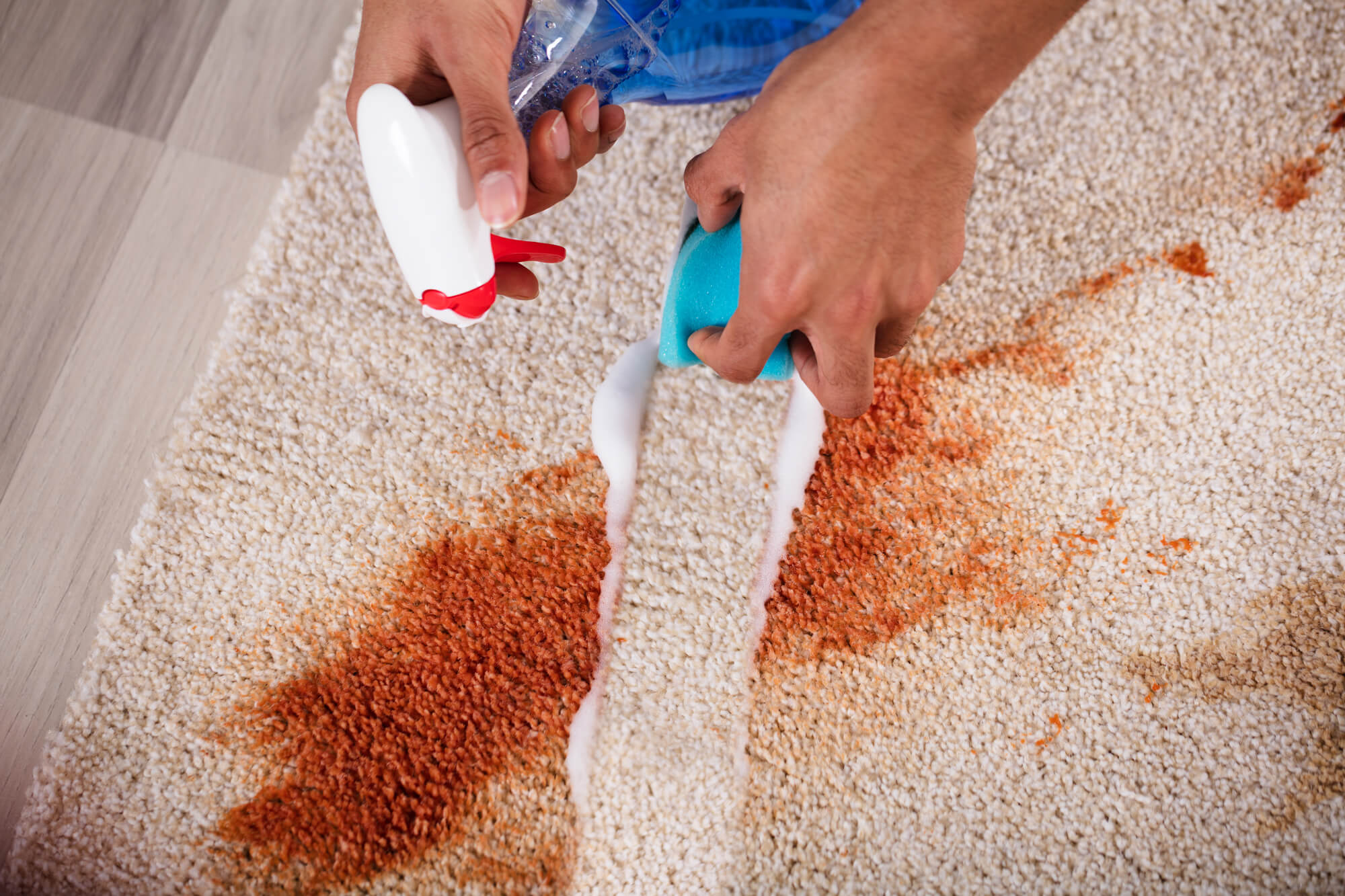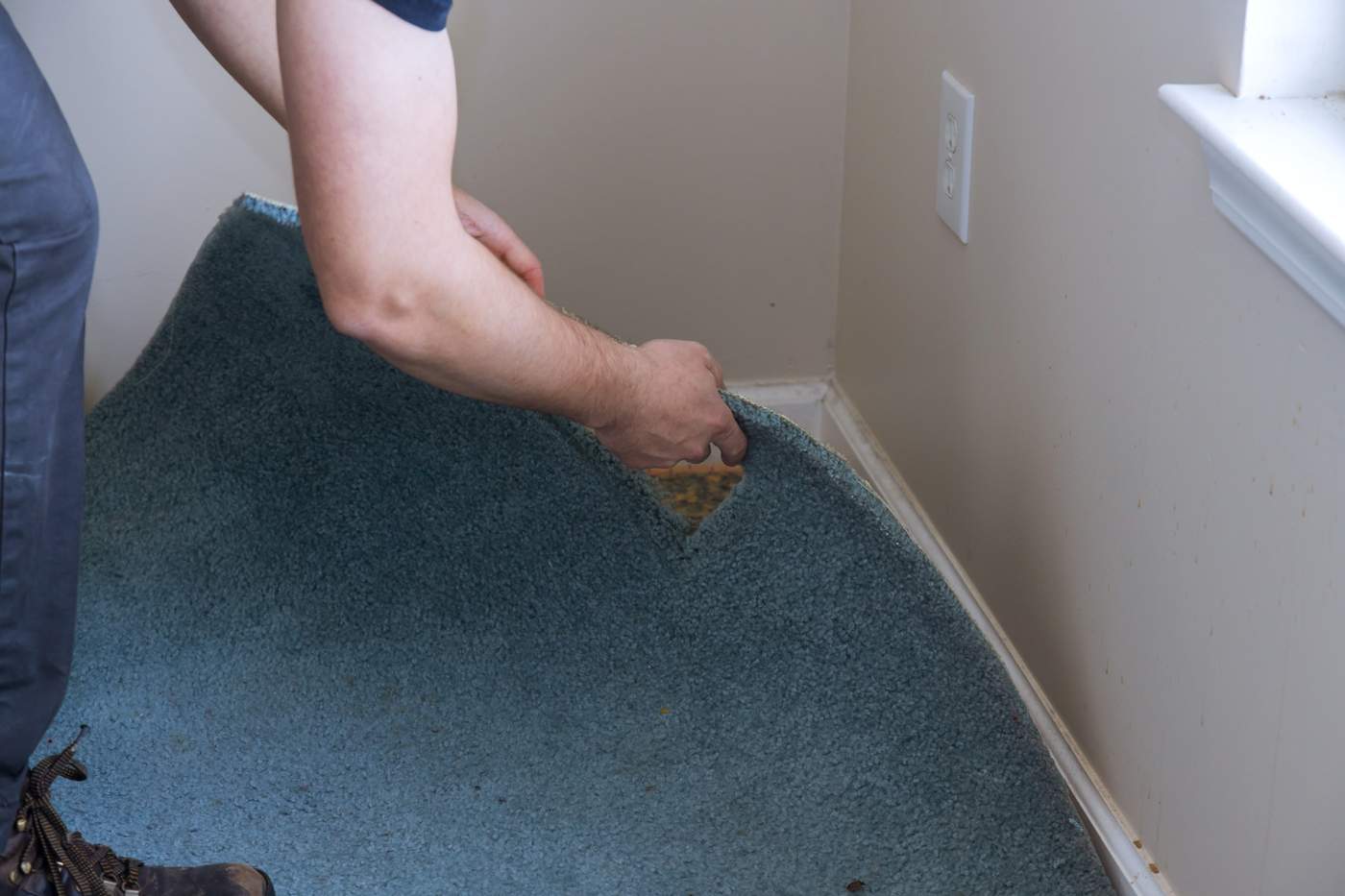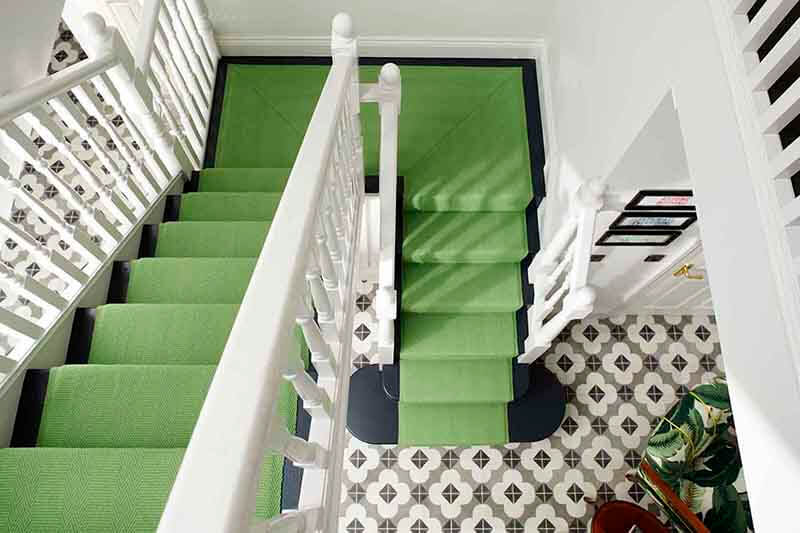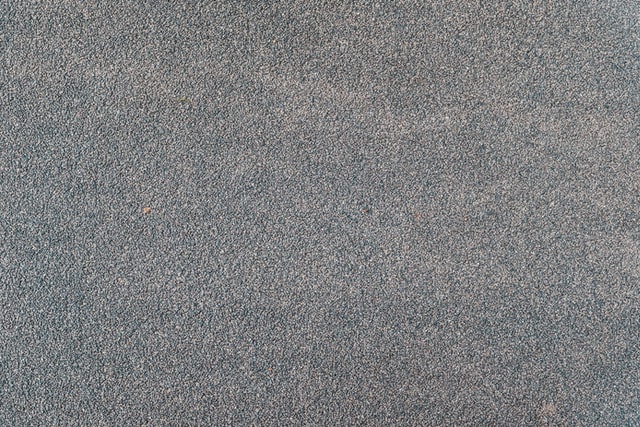Whether it’s for the purpose of relocating or you are simply thinking of finally replacing your old carpet, you’ll need to remove your old carpet and probably replace it with a new carpet. If you were wondering how to remove carpet during a relocation, we have the solution for you.

To save on time, and your back too, you should know how to properly remove your carpet, even better, hire a professional to help you with the task. There are a number of steps you should follow to make the whole process much easier.
Prepare the space and the tools to use
From ceramic tiles to wooden flooring, there are various flooring materials to choose from with carpets being one of the options. Carpet removal begins with getting the space ready. The first thing would have to be removing all the furniture from the room.
You will have to remove any and all the items within the room that can be moved and would affect the process of removing all the carpeting. If there is any furniture in the room, be it your office space or home living room, get it to a safe space where it won’t get in the way.
Every manual job needs some utilities, and this is no different. The best way to remove carpet from concrete is by first ensuring you have the necessary tools. Since you will most likely be dealing with taking out an old carpet or at least one that has been used for a while, you will probably find a lot of dust underneath.

Although there are tons of myths about carpets causing allergic reactions, you should note that carpet traps allergens hence it’s expected for it to have a significant amount of dust especially if it hasn’t been cleaned in a while. Therefore, protective gear will be necessary especially when dealing with a used carpet:
- A dust mask
- Some safety gloves
- Knee pads
- Safety glasses
Here are some of the tools you’ll need to remove your old carpet:
- a pair of locking pliers
- a utility knife may also come in handy.
Detaching the carpet for relocation
Detaching a carpet is easy but if the process seems complicated, getting help from a qualified mover will make the carpet removal effortless. If you choose to do it yourself, here’s a simple guide on how you can do it. In most cases, carpets are held to the wall using track strips that run along the perimeter of the wall.
To begin detaching it, first select a corner to begin with. Using a pair of pliers, grab the corner and begin pulling it. If it comes off easily, you might now hold it with your hands and pull and if it is tough to come out, consider using a utility knife to cut about 4ft of carpet.
Fold the strips and you could use duct tape to keep it in place. This makes the carpet much easier to handle. If in the process of cutting you find that the carpet is separated from another carpet section or flooring by a metal transition, proceed to cut the carpet and leave the transition in place.
Removing carpets from stairs

When you will be removing the carpet from the stairs, then you should begin from the top such as loft room. Pry out the metal nosing that is placed at the top of the stairs to remove it. If the metal nosing isn’t there, then you use the utility knife to cut the part near the top riser and proceed to pull the rest of the carpet off using your hands.
You should be careful to use a pair of safety gloves to avoid the staple pins which hold the carpet on the floor. If the carpet goes all the way down, then you should consider cutting it into pieces as you go along so as to make the pieces easier to handle. After you are done pulling the carpet, then you can now proceed to pull the staples out of the floor using pliers.
Removing the carpet padding
In case there’s carpet padding to be removed, then the steps you are following are more or less the same as the ones for removing the carpet. Padding is a much lighter material and in most cases comes in small pieces that make it easier to handle. You are even able to roll a number of pieces together at once.
Work around transitions in the carpeting that separate the carpet from another flooring type to prevent damaging it.
In most cases, the type of flooring option underneath will determine how you remove the carpet. If you are working on a concrete floor, then the pad is most likely glued to the floor. You will have to use a floor scraper to remove the chunks that will remain stuck on the floor.
If the floor is made of plywood, most carpet installers use staples to hold down the carpet padding. Here, you may choose to use a pair of pliers to pull each of the staples out, but this is time-consuming and rather tiring. Using a floor scraper is more convenient as it will only take you a few minutes to get the job done.
If you are working with hardwood and don’t want to damage it, there are a number of tools you might use to ensure the task is done with minimal damage to the floor. These may include;
- Flat blade screwdriver
- Painters 5 in 1 tool
- Vise-grip pliers
Removing the tack strips
After you are done removing the carpet, you are now left with the tack strips. In most cases, the tack strips are left in place if they appear to be in a good, reusable condition as they can still be used with the new carpet.
If you are planning to replace the carpet with an entirely new flooring system then you will have to get rid of the tack strips. To remove it, simply slide a pry bar under it and then yank it up.
You are also advised to remove the tack strip if you find that it is damaged in any way, or if you notice that it has begun to rust. The ones doing the next carpet installation are in a position to install new ones.
Although DIY carpet removal is an option you can consider, getting professional help to remove the carpet will be much easier and less time-consuming. You also don’t need to worry about ruining the flooring underneath or the carpet itself if you’re planning on reusing it.


